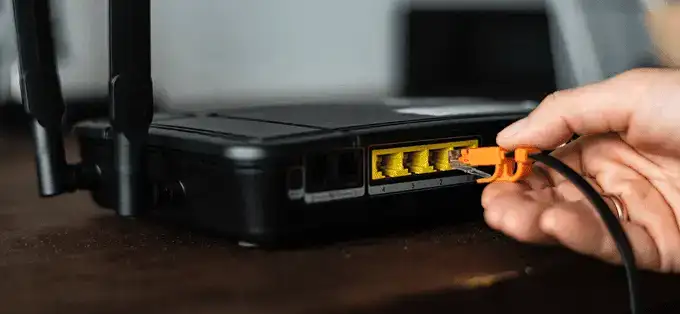Optimizing Wi-Fi Connection: Causes and Solutions for Common Issues
Wi-Fi has revolutionized the way we connect to the internet, offering a seamless, wire-free experience. However, like all technologies, it’s not immune to issues. Often, the root causes of poor Wi-Fi connections are physical barriers or placement rather than technical glitches. Let’s delve into some common causes and their solutions to ensure a robust Wi-Fi connection.
1. Distance from the Router: A Primary Culprit
Cause: The further you are from your router, the weaker the signal becomes. A typical router, operating at 2.4GHz, loses about 25% of its signal strength every 15 feet. If your device is in the basement and the router is on a different floor, the signal has to navigate through walls, furniture, and other obstacles, leading to a weaker connection.
Solution: The best remedy is proximity. Ensure your router is within 100 feet of the primary usage areas. Instead of placing it at one end of the house, position it centrally to distribute the signal evenly.
2. Router Placement: Aesthetics vs. Functionality
Cause: Many prioritize aesthetics over functionality, hiding routers in closets or behind furniture. Such placements force the signal to traverse multiple barriers, reducing its strength.
Solution: Elevate your router. Placing it on a high shelf in a central location minimizes obstructions. If you’re struggling to find the perfect spot, consider tools like the one developed by Jason Cole, a software engineer. His software statistically analyzes signal strengths throughout your property, guiding optimal router placement.
3. Peak Usage Times: The Internet Rush Hour
Cause: Internet speeds can drop during peak usage times, typically between 1 p.m. and 11 p.m., when multiple devices are streaming, gaming, or downloading.
Solution: Schedule bandwidth-intensive tasks during off-peak hours. Consider using ethernet cables for devices that don’t require mobility. If possible, disconnect devices that aren’t in use or switch to mobile data for some tasks. For those with newer routers, a simple reboot might help the device auto-select a less congested channel. For older models, manually adjusting the channel settings through the admin panel can be beneficial. Investing in a dual-band router, which operates on both 2.4GHz and 5GHz, can also alleviate bandwidth issues.
Conclusion
A robust Wi-Fi connection is pivotal in today’s digital age. By understanding the common causes of disruptions and implementing the suggested solutions, you can optimize your Wi-Fi experience.


